Cutting edge blog
This section is designed to add value to the articles published in BJS and BJS Open.
If you wish to send a written (or even recorded) comment on one of the published articles, please send it to katie@bjsacademy.com.
If you wish to respond more immediately, please use social media directly by tagging @BJSurgery, @BjsOpen or @BJSAcademy

Comment on: Endoscopic and surgical treatment options for gastroparesis: systematic review and network meta-analysis.
Martin Storr, Thomas Frieling, Jutta Keller, Felix Gundling, Robert Patejdl
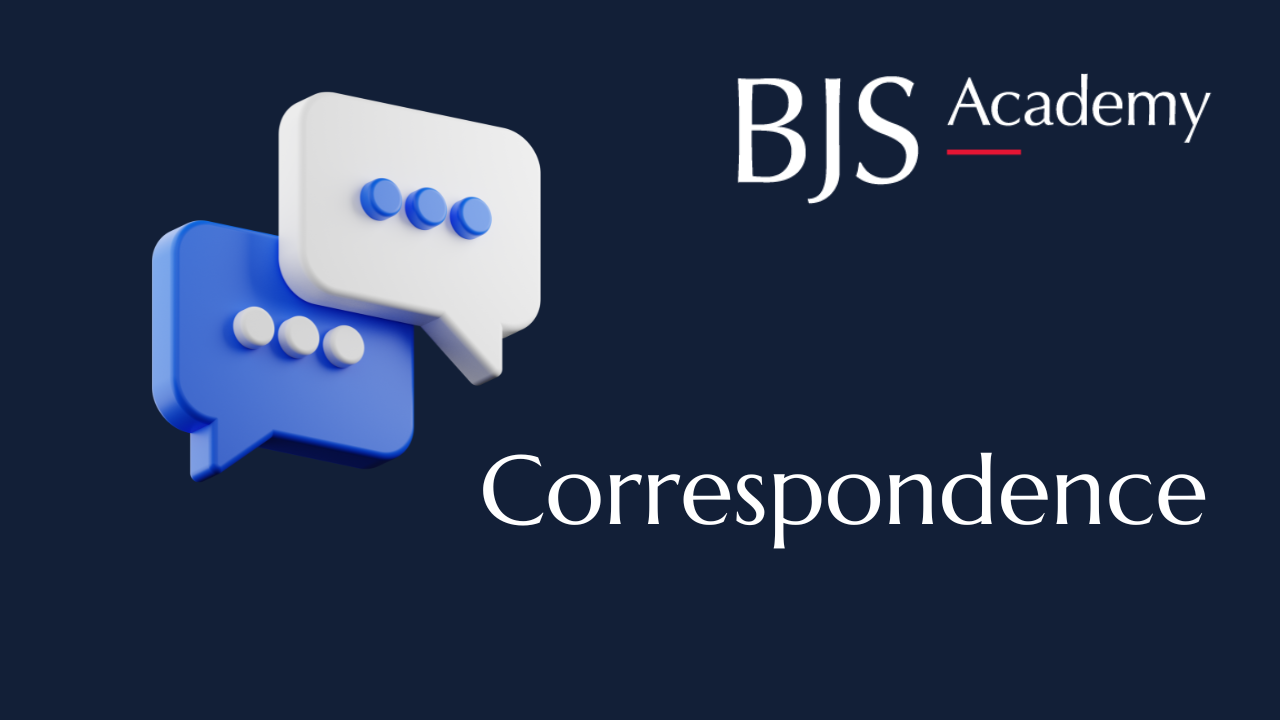
Author response: Endoscopic and surgical treatment options for gastroparesis: systematic review and network metaanalysis
Daniel Eckhardt, Moustafa Elshafei, Katja Fechner, Markus K. Diener, Felix J. Hüttner
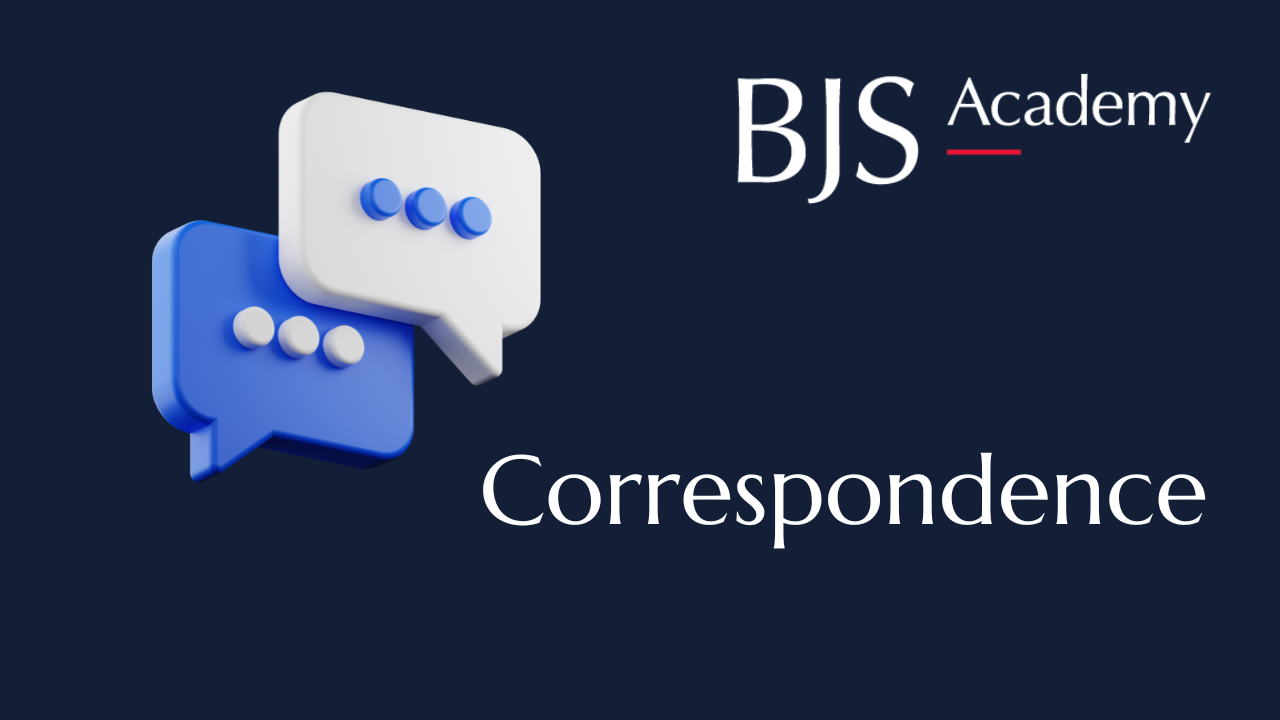
Comment on: Breast satisfaction and health-related quality of life following total mastectomy, breast-conserving surgery, or immediate breast reconstruction in Japanese patients with breast cancer: multicentre cross-sectional controlled study (Reborn)
Janhavi Venkataraman, Kefah Mokbel

Author response: Decreasing aortic diameter and decreasing prevalence of infrarenal aortic aneurysms in a population-based screening programme
Antti Siika, Rebecka Hultgren

Comment on: Decreasing aortic diameter and decreasing prevalence of infrarenal aortic aneurysms in a population-based screening programme
Antonio Manenti, Gianluca Pagnoni, Aurora Vicenzi, Francesca Coppi

Pancreatic Cancer Awareness 2025

Science and art of decision-making in surgery
Susan J Moug

An introduction: 'Presidents Under the Knife' blog series
Per-Olof Hasselgren, MD, PhD

Comment on: Quality of life in patients with permanent hypoparathyroidism after thyroidectomy for benign thyroid disease: population-based study with long-term follow-up
Zhaoyu Peng, Yongjin Chen, Zou Meng, Wenjiang Wu

Author response: Quality of life in patients with permanent hypoparathyroidism after thyroidectomy for benign thyroid disease: population-based study with long-term follow-up
Matilda Annebäck, Sofia Wachtmeister, Jakob Hedberg, Peter Stålberg, Olov Norlén

Fascial closure in IPOM repair: the case for long-term follow-up and clinical transparency
Ming Wang

Author response: Fascial closure in IPOM repair: the case for long-term follow-up and clinical transparency
Mikael Lindmark, Jael Tall, Bahman Darkahi, Johanna Österberg, Karin Strigård, Anders Thorell

Assessing reinforced tension line sutures for hernia prevention: methodological considerations from the Rein4CeTo1 trial
Anshika Upasani

Comment on: Management of bilioenteric anastomosis leakage after major liver resection
Christian Sturesson, Melroy D’Souza, Cecilia Strömberg, Ernesto Sparrelid, Stefan Gilg

Surgery and the future of breast cancer care: breast cancer awareness month 2025
Matthew Lee PhD FRCS

Team design as innovation in perioperative care: the case of HPB anesthesiology
Julie Hallet, MD MSC, Naheed Jivraj, MD MSc

Author response: Missing the split? Reconsidering the scope of biliary complications in the classification proposed at the BileducTx meeting
Hannah Esser, Iris de Jong, Floris M Roos, Robert J Porte, Stefan Schneeberger

Comment on: Ultra-low dose superparamagnetic iron oxide nanoparticle injection for sentinel lymph node detection in breast cancer: prospective cohort study
Lielong Yang, Yuzhou Zhu

Author response: Ultra-low dose superparamagnetic iron oxide nanoparticle injection for sentinel lymph node detection in breast cancer: prospective cohort study
Fredrik Wärnberg, Andreas Karakatsanis, Roger Olofsson Bagge

Reproductive outcomes after ileo-pouch anal anastomosis: clarifications and the importance of fertility counselling
Anders Mark-Christensen, Kirstine Kirkegaard, Mette Julsgaard
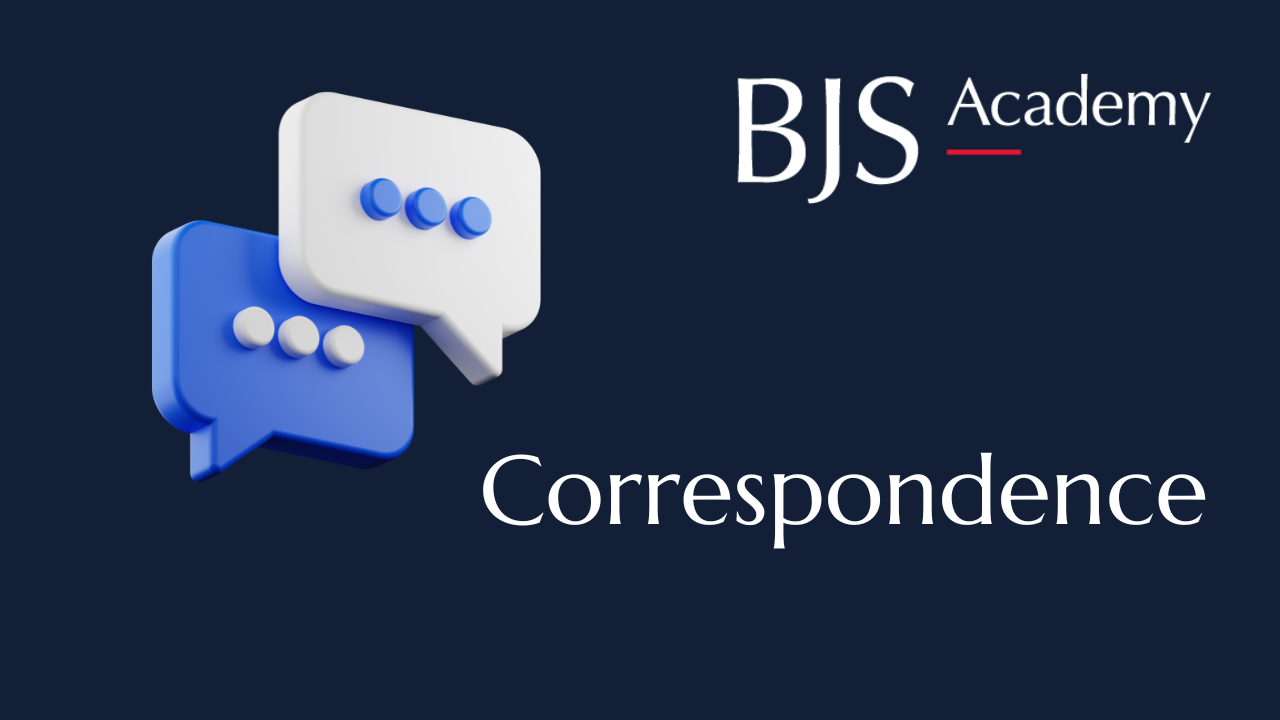
Birth rates and fertility are not the same
Eugenia Shmidt, Zoë S. Gottlieb, Marla C. Dubinsky

Comment on: Oncological, surgical, and cosmetic outcomes of endoscopic versus conventional nipple-sparing mastectomy: a meta-analysis
Kefah Mokbel, MBBS, MS, FRCS

Endoscopic mastectomy meta-analysis: commentary
Ayla Carroll, Carlos Robles, Hung-Wen Lai, Lidia Blay, Piotr Pluta, Gauthier Rathat, Guillermo Peralta, Rami Younan, Giada Pozzi, Daniel Martinez Campo, Robert Milligan, Glenn Vergauwen, Paolo Carcoforo, Antonio Toesca

Ergonomics in the operating room is a safety imperative
Julie Hallet, MD MSc, Fahad Alam, MD MEd

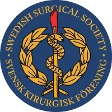




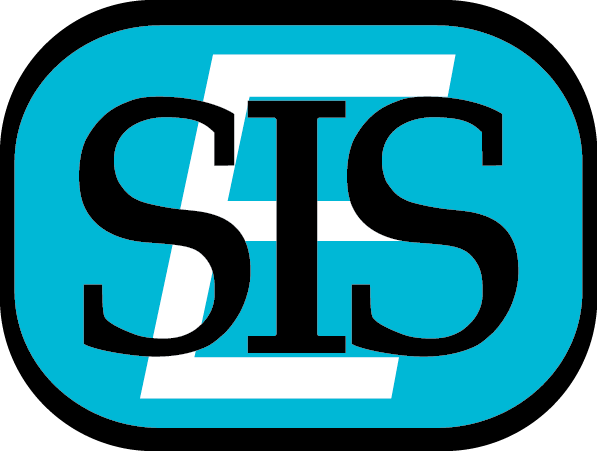

.jpg)




